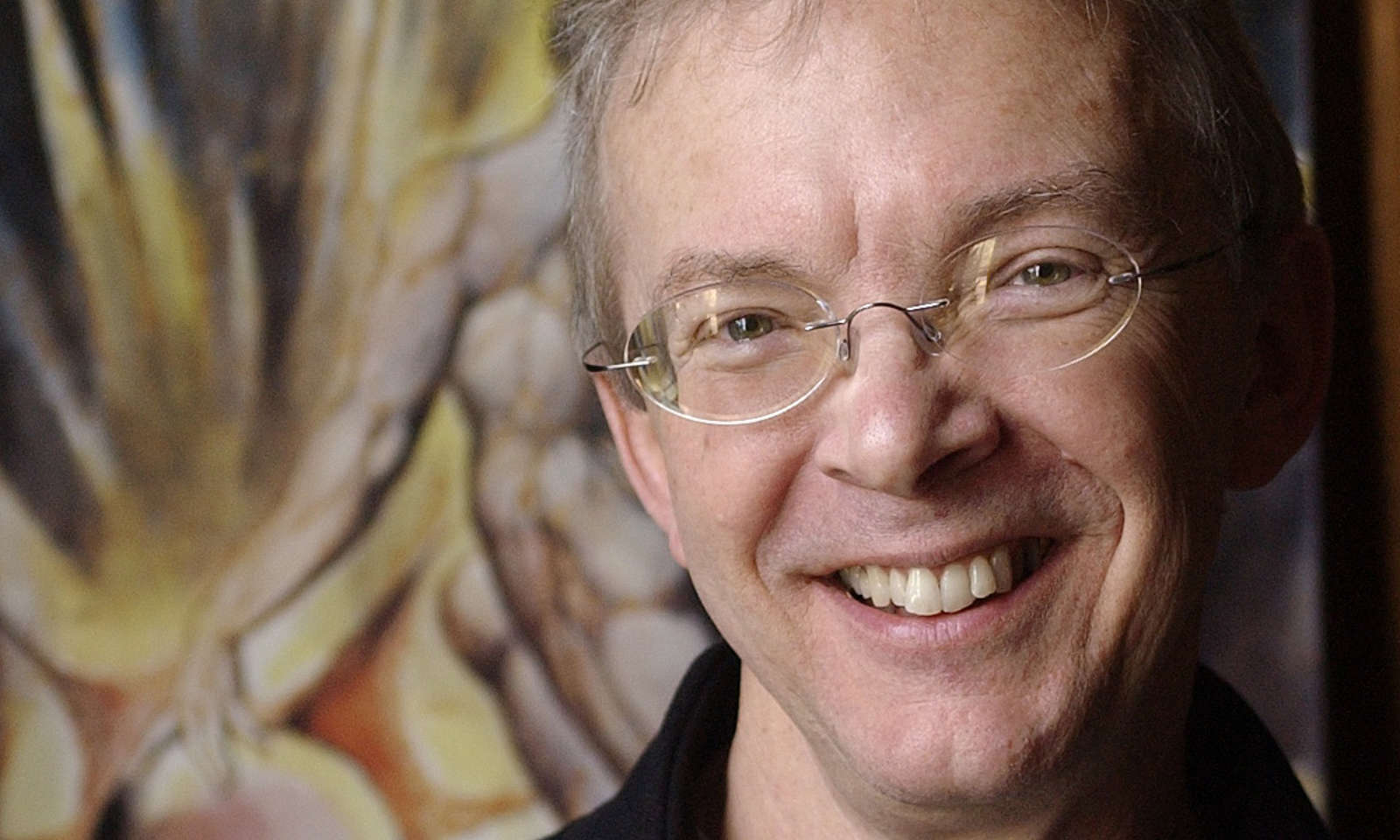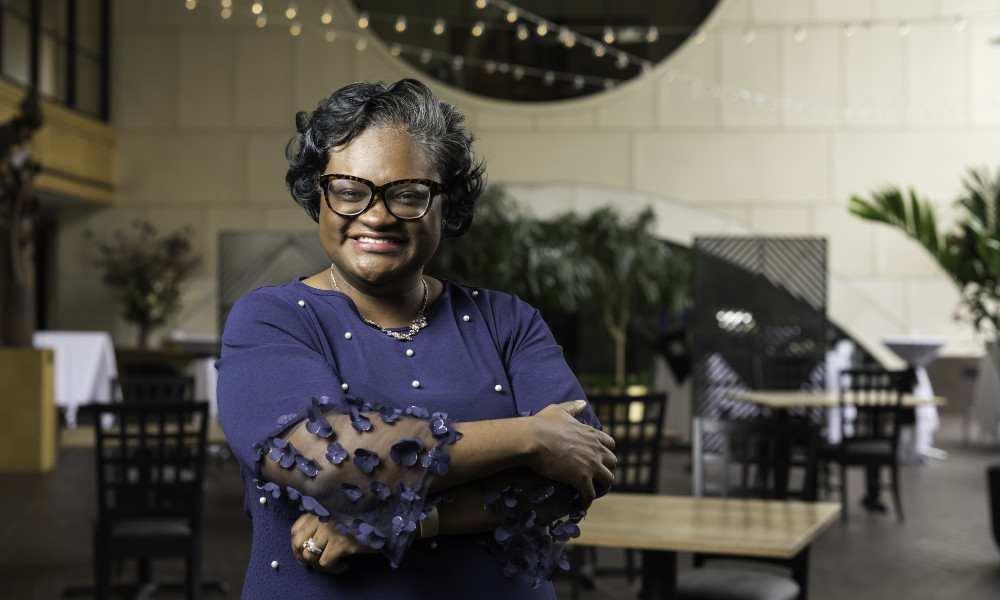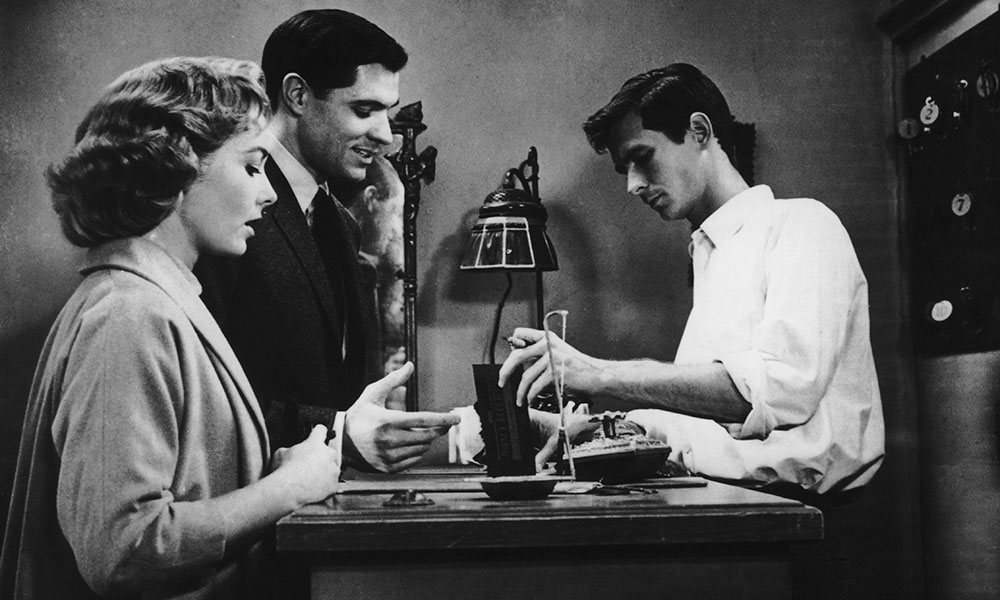Missy Pfohl Smith, the new director of the Institute for the Performing Arts, received her MFA in choreography and performance from Sarah Lawrence College. A native of Buffalo, she studied and worked as an apprentice for the Erick Hawkins Dance Company in the early 1990s in New York City. She was a founding company member of Randy James Dance Works while in New York and toured nationally and internationally through 2003. In 2002 Smith founded BIODANCE, a contemporary dance company committed to the creation and performance of dance through collaboration with multi-disciplinary artists.
After working in NYC for 12 years, she relocated to Rochester in 2004. BIODANCE—which premiered a new evening length work this past September about which Rochester City News proclaimed “every bit of the performance was an absolute masterpiece”—performs repertory by a roster of internationally recognized choreographers including Smith, Bill Evans, Randy James, Ivy Baldwin, and Heidi Latsky. In addition to leading the institute, she continues to serve as the director of the Program of Dance and Movement.
As the new director of the Institute for the Performing Arts, what do you envision for its future?
For one thing, I’m interested in sharing ideas and collaborating with all people involved. The Institute for the Performing Arts is an initiative of Arts, Sciences & Engineering, and it encompasses the Program of Dance and Movement, the International Theatre Program, and the College Music program. The Eastman School of Music is a big part of performing arts at the University, so they’re under that umbrella as well, but the focus is what’s going on at the River Campus.
I’ve also been meeting with people like Julia Maddox, director of the Barbara J. Burger iZone, and Joan Rubin, director of the Humanities Center. I’ve met with the people in the library who work in the arts. I’ve also connected with the Arts in Mind Program at Medical Center, whose goal is to enrich the educational experience at the University by integrating fine arts with studies in humanities and sciences. Lots of people have ideas, and we’re discussing those.
We will continue some existing programs as well. For example, we’ll continue to bring students to see professional performances, but I think we’ll curate that in a slightly different way—in a way that can connect to some of what we’re doing curricularly and to the work we’re doing creatively on our campus.
We’re also planning to communicate more. I have so many ideas, but we don’t have a huge budget yet. We don’t have a “store front;” however, the Sloan Performing Arts Center is on its way to being built and we’re in weekly conversations with the architects now. This is a very exciting time for the performing arts at UR!
What are the biggest challenges you face? I think matching the expectations with the realities. I think some of what my job will be is to garner some support for the Institute, because even though there is support right now, we need to build up our financial resources. I would love to be able to have a conference that is centered on the arts and citizenship, or performing arts and some thematic material that also reflects our values here at the University. I think bringing scholars and other artists from other Universities in the field will also help put us on the map. This will take some planning, it’s not something we can do in a few months, but it’s something I’m interested in doing.
What can you tell us about the new Sloan Performing Arts Center?
I can tell you that the discussions are underway. The architect has been meeting with each entity (dance, theater, music) separately. It’s going to be a theater that can accommodate theater, dance, and music, and there will be a scene shop, a costume shop, and a conditioning lab—which is one of the things dance requested. We also asked that the theater space function as a studio space, so when it’s not being used for performances, it can be used for classes, rehearsals, or other things like that. They’re moving pretty quickly and they seem to be integrating all of our ideas. I think it’s going to look beautiful, and it’s going to really bolster River Campus arts!
Coming events in the Institute for the Performing Arts
See more IPA events



